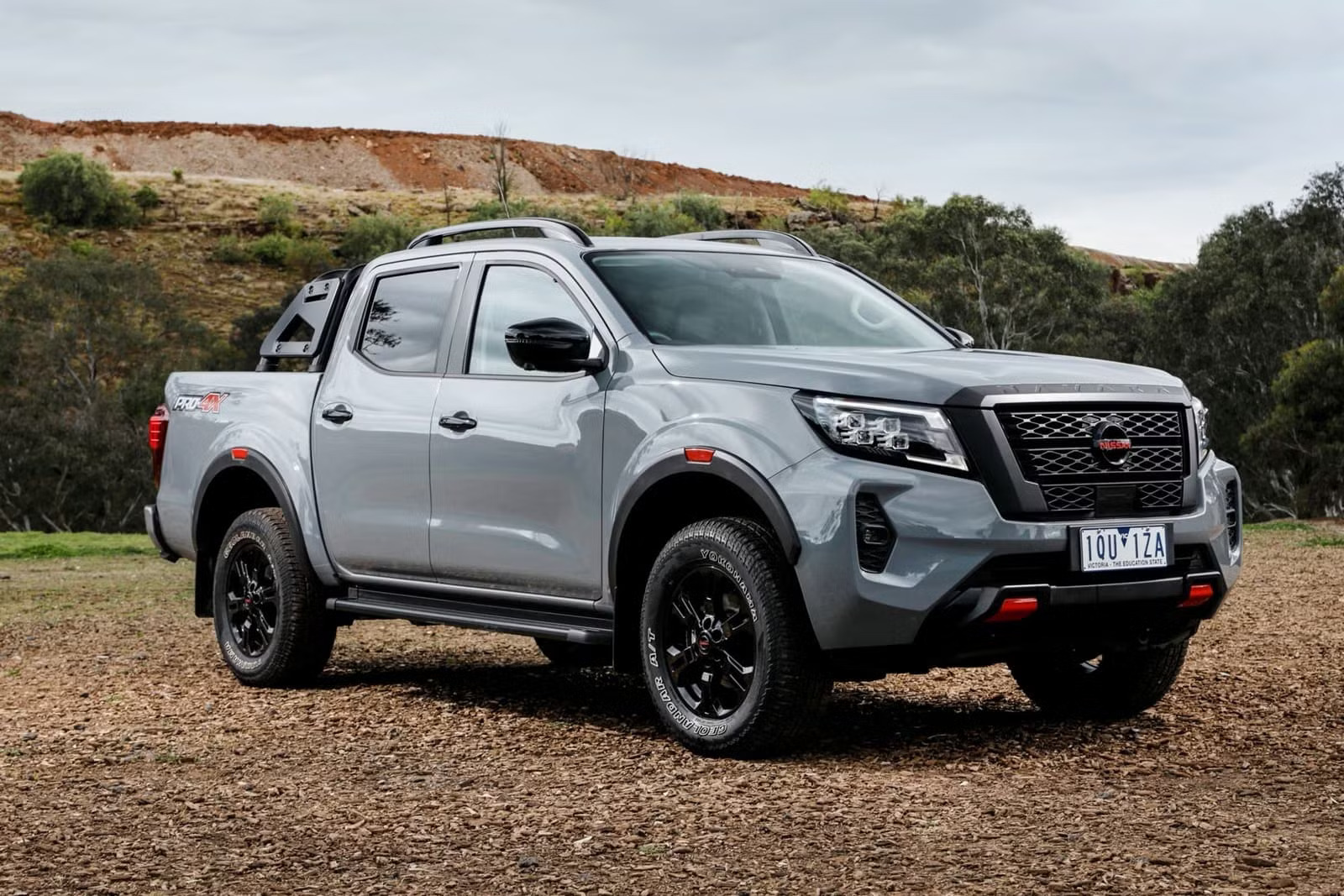When it comes to evaluating pickup trucks, many people immediately look at horsepower, towing capacity, off-road capability, or fuel efficiency. While those factors are certainly vital, one often overlooked but increasingly important aspect is interior storage utility, especially the center console design.
In the modern world, where vehicles double as mobile offices, family transporters, and adventure command centers, the quality of the center console is no longer just a convenience—it’s a critical part of the overall user experience. The center console has evolved from a basic compartment with a lid into a multifunctional hub that offers tech integration, organizational flexibility, and day-to-day utility for everything from tools to tablets.
Today’s pickup truck owners aren’t just contractors or ranchers. They include suburban families, remote workers, weekend travelers, and digital nomads. This new wave of drivers demands more than a place to rest an elbow—they want charging pads, segmented trays, deep bins, sliding covers, laptop holders, and more.
As truck interiors become more refined and car-like, the center console has become a focal point in terms of comfort, practicality, and innovation. It plays a crucial role in how you interact with your vehicle every day, whether you’re sipping coffee on your morning commute or organizing documents between job sites.
However, not all center consoles are created equal. While some automakers have embraced this trend and designed exceptionally well-thought-out consoles that maximize space and versatility, others have lagged, offering cramped, shallow compartments with little organization and minimal tech support.
In some cases, trucks that excel in exterior power and ruggedness fall completely flat when it comes to internal utility. These shortcomings are more than annoyances—they’re pain points that accumulate over time, especially for those who spend long hours in their trucks.
This article aims to highlight the best and worst examples of center console storage in modern trucks, based on factors such as depth, layout, versatility, ergonomics, tech features, and real-world usability. We will dive into five standout models that excel at making the most of their center console space—trucks that make your daily life easier and more organized.
These vehicles include smartly designed compartments, sliding covers, massive bins, wireless charging pads, and an overall attention to detail that puts them at the top of the category.
Conversely, we will also examine five trucks that fall short in this area. Some are plagued by outdated design, while others simply suffer from poor planning or inefficient use of cabin space. These vehicles may perform admirably on the road or trail, but their console storage leaves much to be desired.
Whether it’s due to shallow bins, awkward ergonomics, or a lack of modern amenities, these trucks represent missed opportunities to enhance the driver’s experience.
Whether you’re shopping for a new truck, evaluating your current vehicle, or simply curious about how automakers stack up in terms of design innovation, this article is for you. The center console may not be the first thing that comes to mind when choosing a truck, but once you experience a great one, you’ll wonder how you ever lived without it.
From mobile offices to family adventures, your truck’s interior layout plays a bigger role than you might think—and at the heart of it all is the humble but mighty center console.
Also Read: 5 Sedans With Highest Top Speeds And 5 With Governors
5 Trucks with the Best Center Console Storage
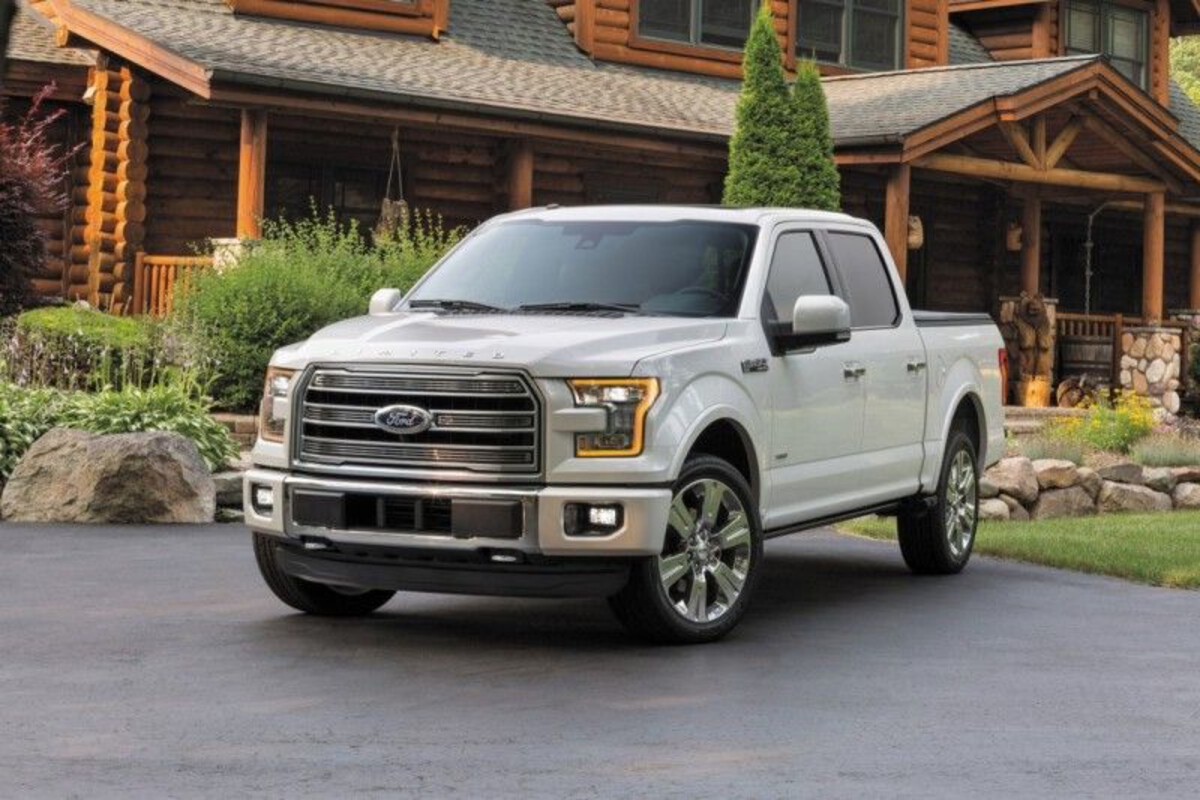
1. Ford F-150 – The King of Utility
The Ford F-150 has long been the industry benchmark when it comes to practicality, and its center console is a masterclass in utility. At first glance, it’s immediately clear that this isn’t just a space for spare change and receipts—it’s a multifunctional hub designed for life on the go.
The console is so large in certain trims that it can swallow an entire laptop bag, and with the optional interior work surface (available on models with the fold-flat gear shifter), the center area transforms into a full desktop-like workspace. For contractors, salespeople, or anyone who turns their truck into a mobile office, this is invaluable.
Beyond sheer size, what truly sets the F-150’s console apart is its modular layout and thoughtful engineering. You’ll find two deep cupholders, a wide and well-padded armrest, multiple USB-A and USB-C ports, and a wireless charging pad built into the upper tray.
The console opens to reveal a tiered storage approach—an upper removable tray for small accessories like pens, keys, or business cards, and a deep lower well for bulkier gear. It’s rubber-lined to prevent rattling, and the dividers can be repositioned depending on your needs. If you’re hauling tech gear, documents, or even safety equipment, this console makes it easy to keep everything organized and secure.
The quality of materials used in the F-150 console is another win. While lower trims use durable plastic, mid- and high-level trims feature leather-wrapped lids, soft-touch plastics, and brushed metal accents that elevate the feel of the interior. The armrest is not only supportive but also wide enough to serve as a shared surface for the driver and front passenger. Ford’s attention to ergonomic comfort here makes long drives less tiring and keeps essential items within reach without cluttering the dashboard.
In terms of security, higher trims of the F-150 include a lockable console vault, which is an excellent addition for professionals who need to secure valuables or sensitive paperwork.
Add to that the vehicle’s available Pro Power Onboard feature (which turns the truck into a mobile generator), and the F-150’s interior—and especially its center console—becomes a fully equipped base of operations on wheels. It’s a blend of rugged practicality and tech-savvy functionality that few trucks can match.
2. RAM 1500 – Premium Feel Meets Practicality
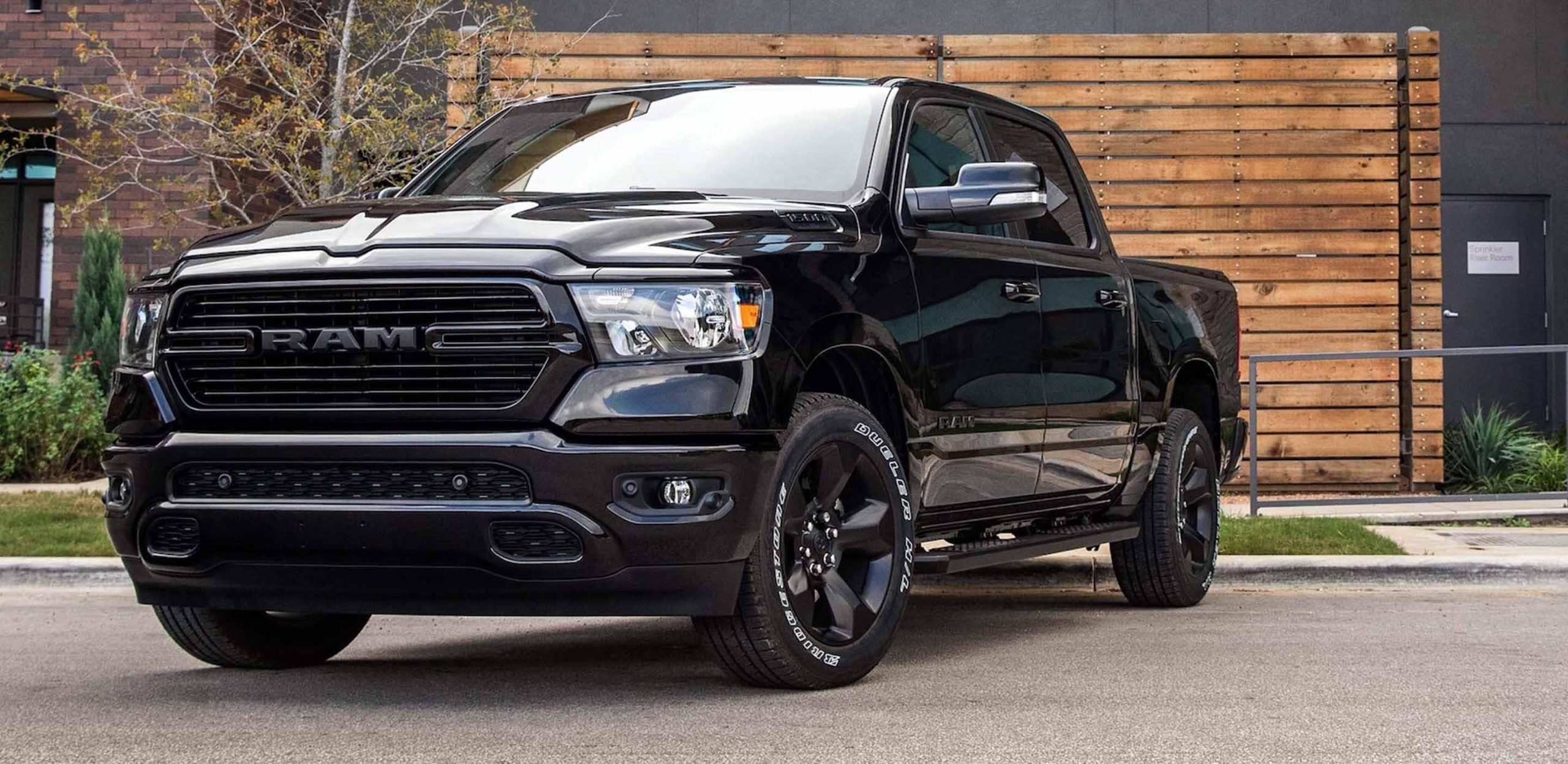
The RAM 1500 is widely regarded as the most refined pickup truck in its class, and nowhere is that more evident than in its exquisitely designed center console. This isn’t just a place to toss your wallet and phone—it’s a carefully engineered command center that integrates storage, comfort, and technology.
RAM’s console is among the largest in the full-size segment and features an impressively flexible interior that can be reconfigured based on your needs. Contractors, parents, and even long-haul commuters will find that this console adjusts to meet a variety of use cases.
At the top, a soft-touch, leather-trimmed lid doubles as an ultra-comfortable armrest. Beneath it lies a three-tiered storage system. The first tier is a sliding tray that moves to reveal a deep bin below. The tray itself includes molded sections for small electronics, keys, and sunglasses, while the lower compartment is spacious enough to hold a full laptop or a stack of files.
What makes this setup exceptional is that the tray can be slid forward or back, giving you real-time control over access and organization. There’s even a vertical document/file divider built into the lower section—perfect for storing jobsite forms, work orders, or a clipboard.
The attention to detail in the RAM’s interior storage is second to none. Felt linings reduce noise and prevent wear on stored items, and there’s a massive number of charging ports in and around the console area. Wireless charging is available on higher trims, as well as a 115-volt AC outlet—ideal for charging larger devices or power tools.
Cupholders are adjustable, and the area surrounding the console includes bonus side bins and slots for additional gear. You’ll also find dedicated routing grooves for charging cables, allowing you to plug in while keeping wires neat and out of the way.
Aesthetically, the RAM 1500’s console reflects the same upscale approach found throughout its cabin. The Limited and Laramie trims, in particular, feel like they belong in a luxury SUV.
Wood trim, aluminum accents, and ambient lighting create a cabin atmosphere that is equal parts functional and premium. If you’re someone who spends a lot of time behind the wheel and wants your truck to feel like both a rolling office and a relaxation space, the RAM 1500 delivers on all fronts.
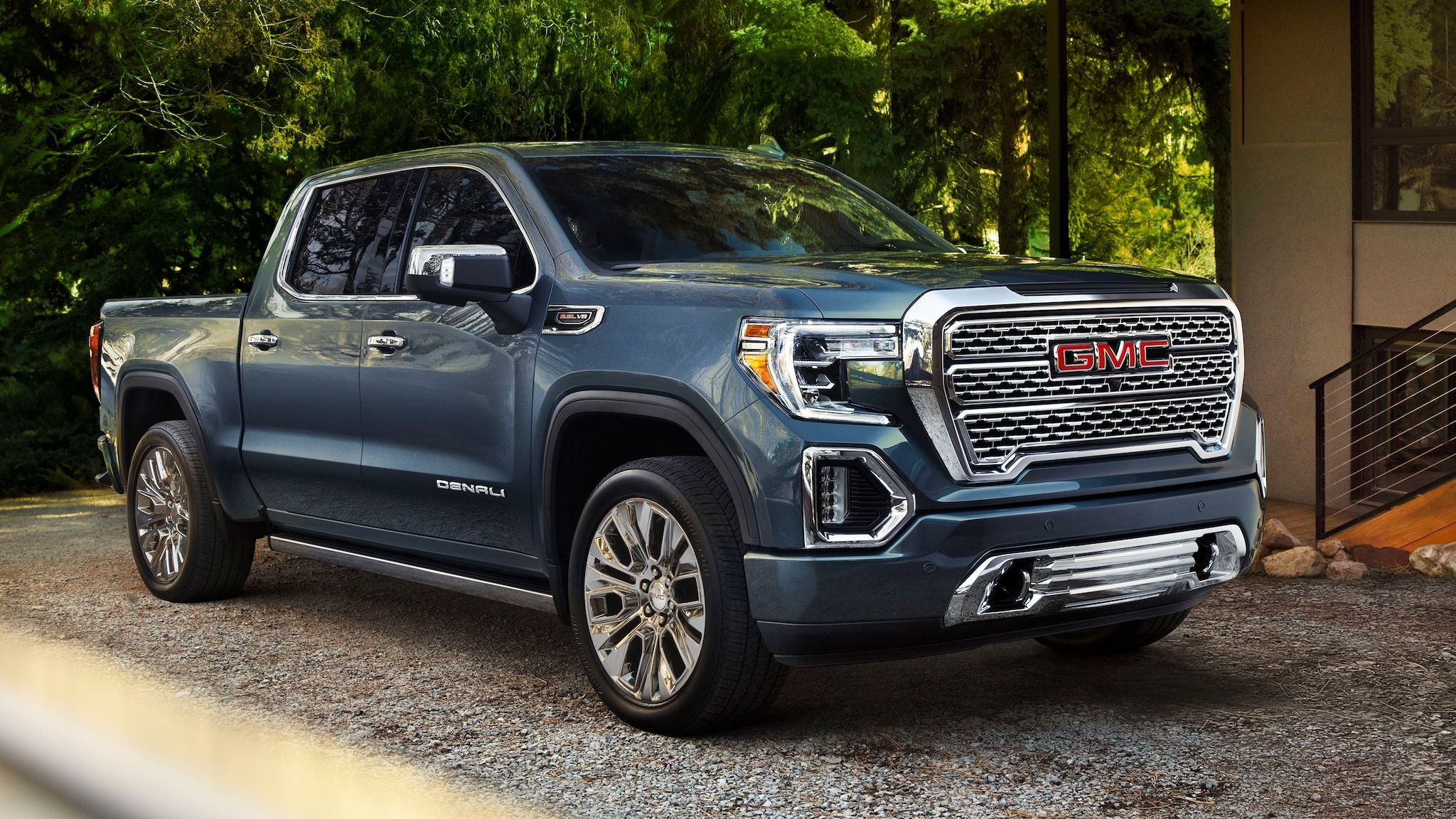
3. GMC Sierra 1500 – Hidden Depths and Smart Layout
The GMC Sierra 1500 takes a slightly more understated approach to console storage, but don’t be fooled—this is a well-engineered, highly practical design that combines subtle luxury with genuine utility. In trims like the Denali, AT4, and Elevation, the center console is large, spacious, and thoughtfully laid out.
The console starts with a broad armrest, often leather-covered and contrast-stitched, that conceals a large, deep storage compartment beneath it. This main bin can hold bulky items like a DSLR camera, a portable speaker, or even a lunchbox, making it ideal for adventurers and commuters alike.
Where the Sierra really distinguishes itself is in its use of clever hidden compartments and built-in organization tools. Inside the main console, there are molded trays for smaller accessories, document dividers, and even a secret locking drawer in higher trims. This drawer slides out from the console’s base and offers a secure, discreet spot for valuables like cash, passports, or medications. It’s a small but highly useful feature that not all competitors offer, and it reflects GMC’s focus on intelligent design.
Connectivity and tech integration are also standout points. You’ll find up to five USB ports (including USB-C), a wireless charging pad on select models, and optional 120V household-style outlets nearby. GMC has done a great job of eliminating clutter while maximizing functionality.
There’s a special spot molded for smartphones, a groove for running charging cables, and ample space for multiple users to store devices. This is especially useful for drivers who frequently travel with passengers, be it family, coworkers, or clients.
One additional benefit of the Sierra’s console is its integration with the overall cabin layout. The positioning of the shifter, infotainment screen, and cupholders all work in harmony with the center console, creating a driver-centric feel that promotes ease of use and quick access.
Unlike consoles that feel like an afterthought or a bulky storage dump, the Sierra’s setup is fluid and well-proportioned. For drivers who want a touch of executive style mixed with everyday usability, this console hits the mark.
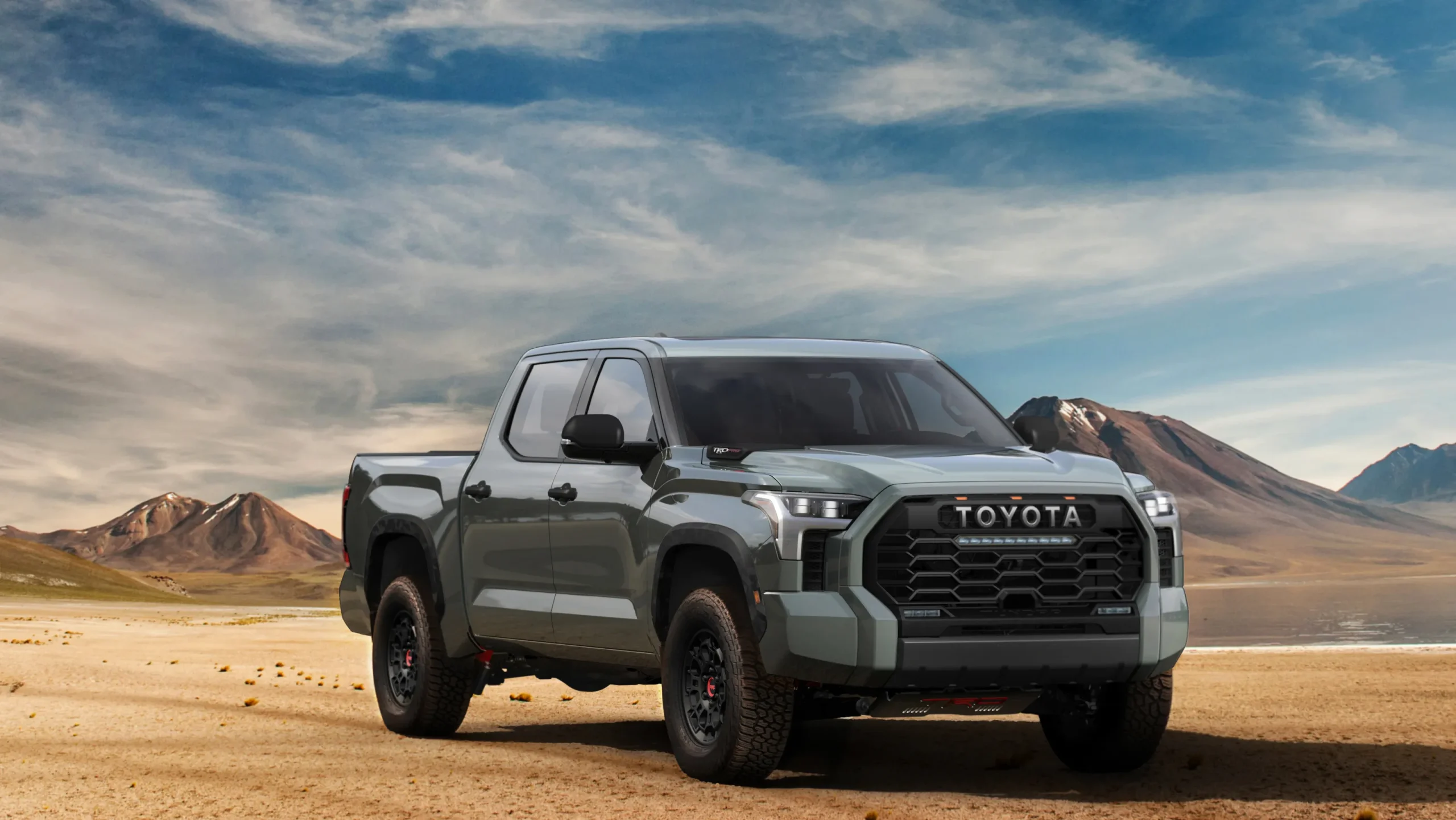
4. Toyota Tundra (2022+) – Newly Designed, Fully Functional
With the redesign of the Toyota Tundra in 2022, the brand made massive improvements across the board, and one of the biggest winners was the center console layout. The all-new Tundra console is a clear step forward from the previous generation, offering one of the most functional, configurable, and robust storage areas in its segment. For drivers used to Toyota’s typically conservative interior design, the new Tundra is a pleasant surprise in both form and function.
The console is impressively deep and structured around a clean, rectangular layout. There’s a removable tray system at the top, perfect for keys, coins, and everyday items, and below it lies a cavernous bin that can handle everything from water bottles to camera equipment.
Toyota also added a sliding tray mechanism, which helps segregate small and large items and allows drivers to prioritize accessibility or capacity as needed. The depth of the bin is so extensive that you can store full-sized tools or even use it to stash a gym bag.
Tech-savvy users will appreciate the USB-C and wireless charging availability, as well as a smartphone storage nook and cable routing channels. Everything from the materials to the cable management has been thought out with modern life in mind. Whether you’re streaming navigation from your phone, charging a tablet, or just stashing items mid-trip, the Tundra’s console adapts fluidly to your needs.
Toyota also offers a flat-lid console that doubles as a writing surface or mini-desk, appealing to users who conduct work from their trucks. The armrest is broad and cushioned, providing ample comfort for long road trips, and the materials—especially in trims like the Platinum or TRD Pro—feel rugged and upscale. Overall, the new Tundra console is a dramatic improvement over older versions, and it stands out as one of the most user-focused storage designs in the truck segment today.
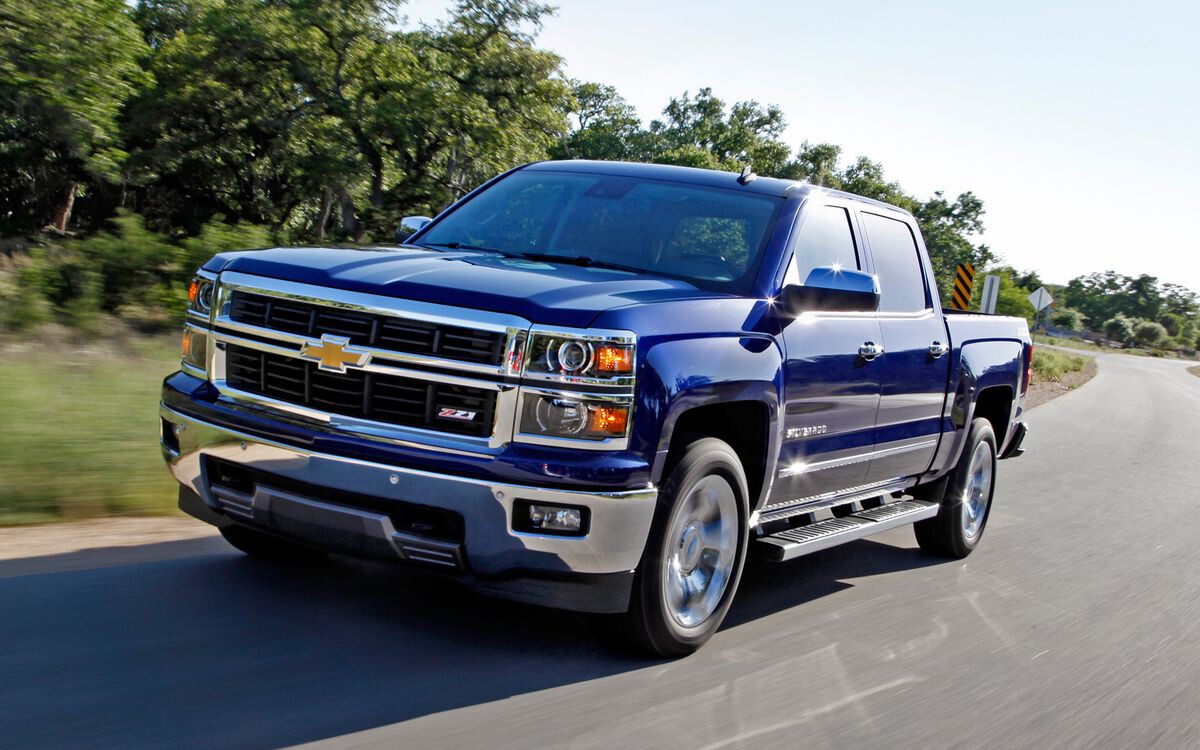
5. Chevrolet Silverado 1500 – Straightforward but Capable
While it might not be as flashy or reconfigurable as its luxury sibling, the GMC Sierra, the Chevrolet Silverado 1500’s center console is a solid and dependable piece of storage engineering. Designed with no-nonsense practicality in mind, the Silverado console offers ample space, simple usability, and just enough modern tech to keep it relevant. In trims like the LTZ, RST, and High Country, it’s clear Chevy prioritized volume and accessibility over gimmicks.
The center console starts with a deep, square lid that reveals a generous storage bin beneath. Inside, you’ll find a removable tray, ideal for loose items, and a large space that can accommodate a laptop, folders, or even a small bag. The console is particularly good for vertical storage, and while it doesn’t have sliding components or file folders like some rivals, it offers clean, open space that’s easy to adapt to your preferences.
Where the Silverado shines is in its driver-friendly ergonomics. The placement of cupholders, phone storage slots, and power ports ensures that the console complements rather than competes with the dashboard. Wireless charging is available, as are multiple USB ports, and there’s even a convenient coin slot built into the tray. Everything feels logically placed, making it easy to build muscle memory and access items quickly while driving.
Comfort is not forgotten here either. The padded lid is firm but well-sized, giving the driver and passenger a sturdy armrest without crowding. The build quality is solid, and the lid has a reassuring heft to it when opening and closing. For drivers who want dependable utility without over-the-top design, the Silverado’s center console gets the job done—and does it with quiet confidence.
5 Trucks with Cramped or Disappointing Center Console Storage
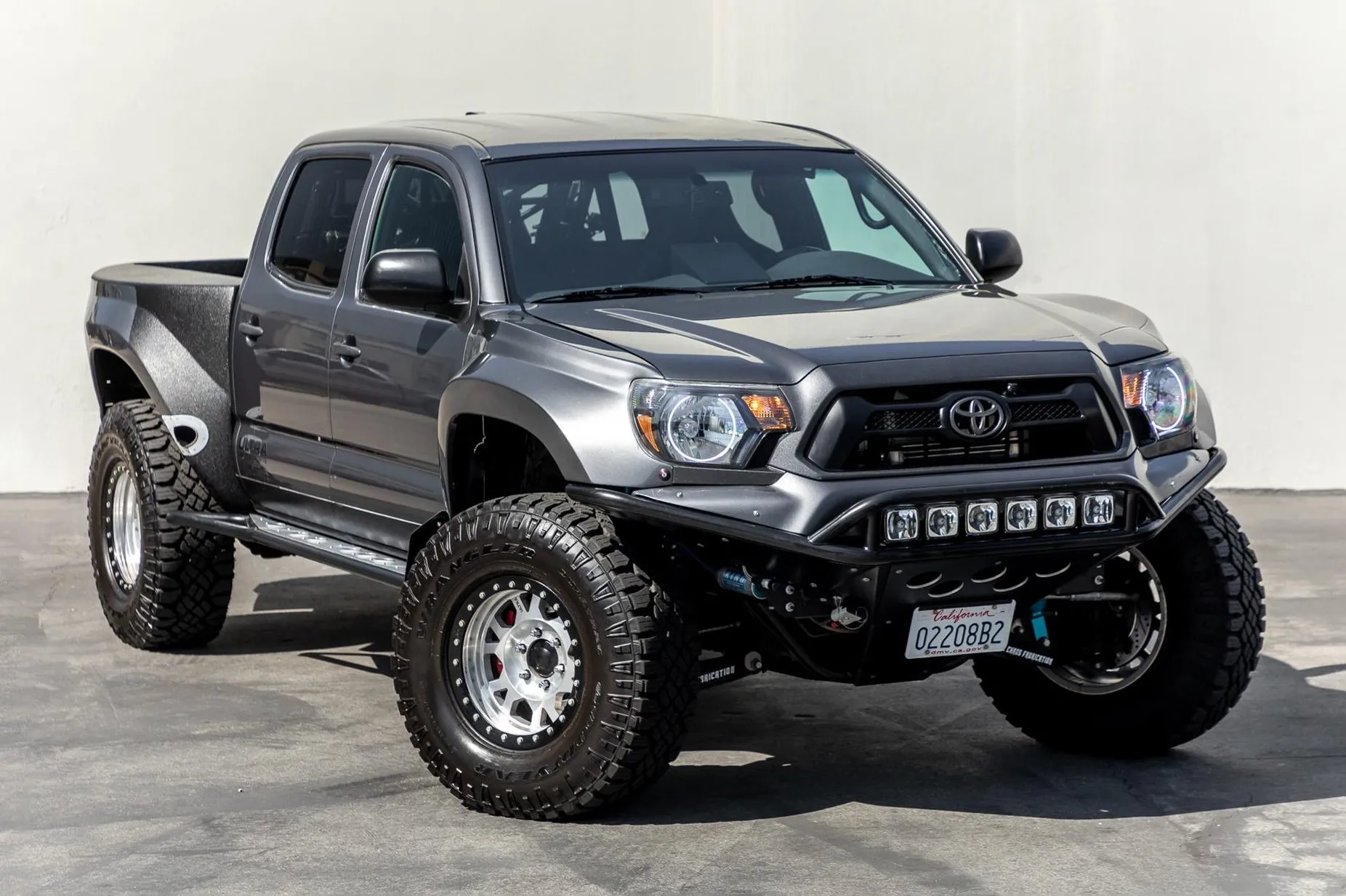
1. Toyota Tacoma – Compact Truck, Compromised Console
While the Toyota Tacoma has earned a reputation for rugged reliability and off-road capability, its interior design—particularly the center console—leaves much to be desired. As one of the most popular mid-size trucks on the market, expectations are naturally high, but the center console falls short in both functionality and space.
One of the first things you’ll notice is the tight overall footprint. The Tacoma’s cabin, especially in its earlier generations, feels narrow and dated, and the center console reflects this limitation with minimal storage depth and width.
In the current generation, the console offers a small compartment with a flip-top lid that opens to reveal a shallow tray—barely deep enough for a wallet or a few small accessories. The armrest itself is slim and doesn’t provide the wide, shared resting space that most full-size trucks offer.
You might also notice that there is very little in the way of built-in organization—no modular trays, no file dividers, and certainly no sliding or expandable compartments. For drivers looking to carry documents, tech gadgets, or tools, this console forces them to rely on gloveboxes or door pockets instead.
Additionally, the lack of modern amenities makes it feel even more underwhelming. In lower trims, you won’t find wireless charging, and USB ports are few and awkwardly placed. Even in upper trims like the TRD Pro or Limited, the console storage remains relatively unchanged. While it may be serviceable for casual use or short commutes, it simply doesn’t cater to professionals or long-distance drivers who need a true mobile workspace.
Perhaps the most disappointing part is that Toyota hasn’t significantly revised the layout even as competitors have evolved. Given Tacoma’s high sales volume and loyal customer base, it’s surprising that interior storage—and specifically the center console—hasn’t received a much-needed upgrade. For those who need robust interior utility, the Tacoma’s cramped and dated setup is a major weak point.
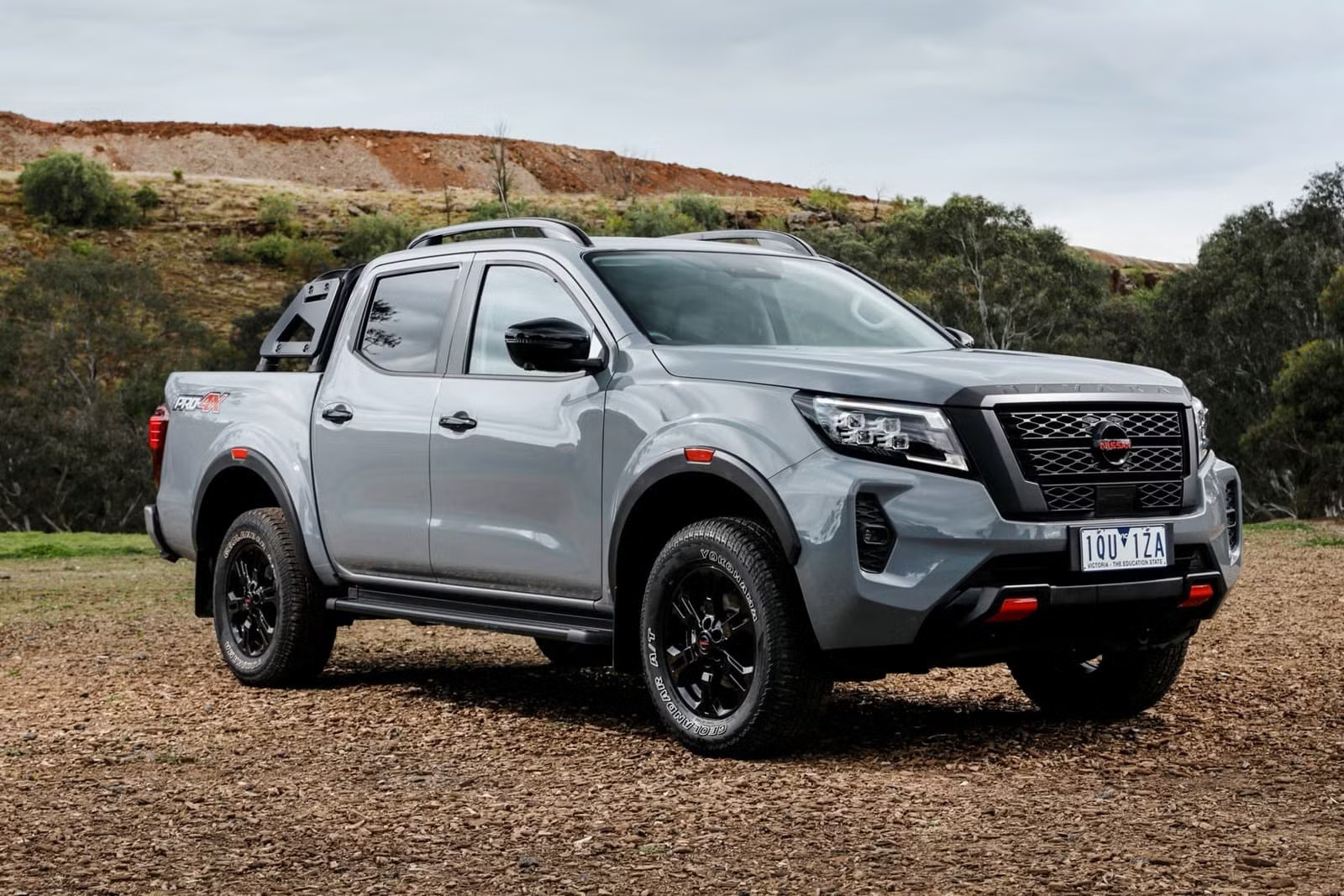
2. Nissan Frontier (Pre-2022) – Outdated Design, Limited Function
The Nissan Frontier, prior to its long-overdue 2022 redesign, was one of the most dated trucks on the market, and the center console showed every bit of that aging. For years, the Frontier’s interior remained virtually unchanged, and while its rugged nature had appeal for some, the console storage felt like an afterthought. It lacked both the depth and adaptability seen in more modern pickups, and even casual users found themselves frustrated with the limitations.
The armrest, for starters, was small and under-padded, offering little in the way of long-trip comfort. Beneath it, the storage compartment was shallow and oddly shaped, making it difficult to store even moderately sized items. There’s no tiered layout, no sliding compartments, and no built-in organizational dividers—just a basic open bin that lacks polish or structure. Compared to even mid-range sedans or crossovers, the Frontier’s console felt more like a leftover from a bygone era.
Technology integration was also well behind the times. USB ports, if present at all, were limited to one or two, and often buried near the dash rather than incorporated into the console itself. There’s no wireless charging, no charging pad, and no cable management channels. The layout was cluttered and inefficient, leaving drivers to either improvise storage or simply do without.
The good news is that the 2022 redesign did bring substantial improvements, but for more than a decade, the Frontier lagged well behind in center console functionality. Owners who kept their trucks for the long haul learned to work around the poor design, but in a world where mobile devices, travel gear, and work tools are everyday essentials, the outdated Frontier’s center console simply couldn’t keep up. For those considering used trucks from the 2010s, this is a notable drawback to keep in mind.
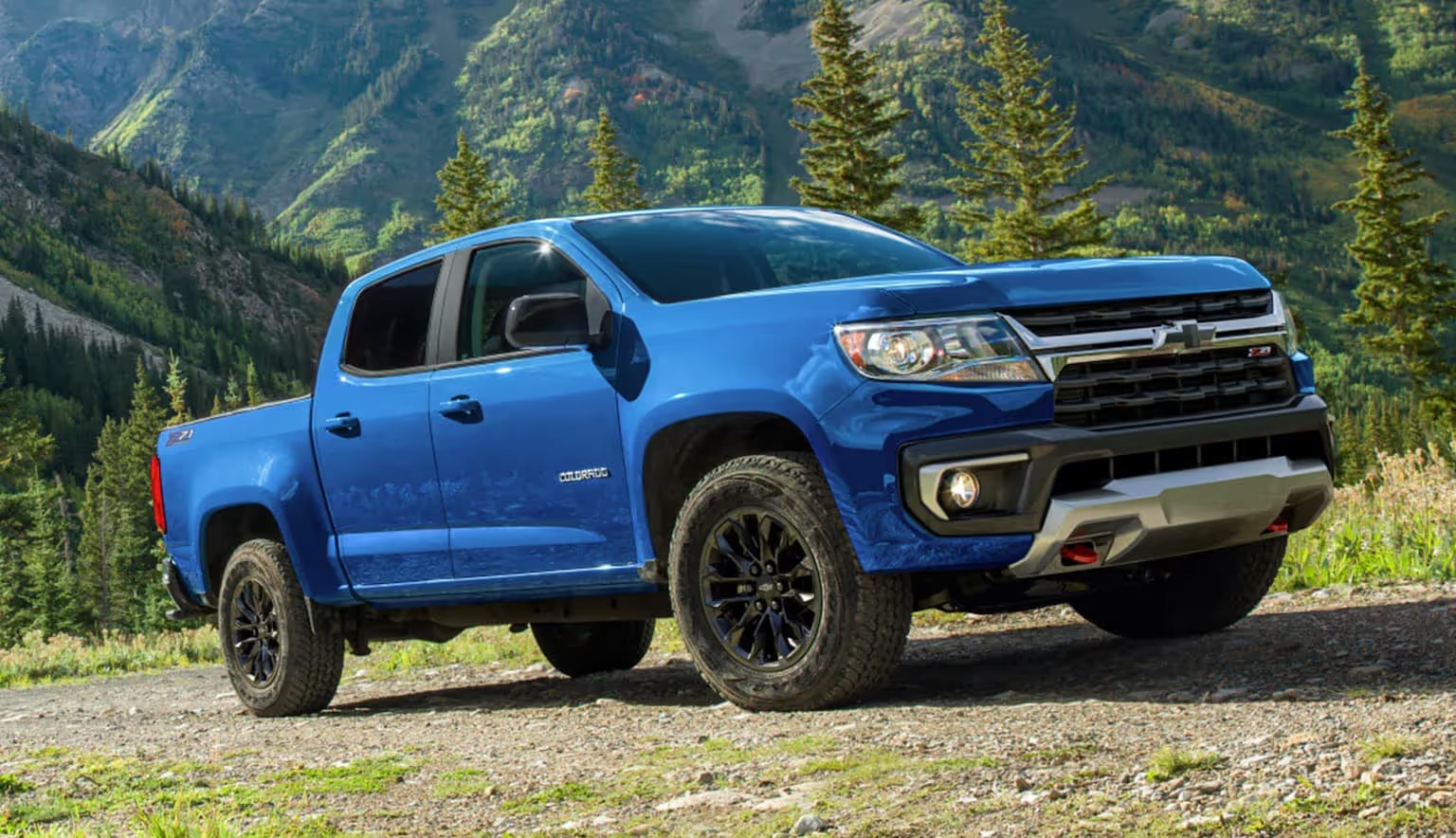
3. Chevrolet Colorado (Pre-2023) – Middling in Every Sense
Before its recent redesign, the Chevrolet Colorado was a solid contender in the mid-size pickup space, but its center console storage was never a strong point. Much like the Tacoma, the older Colorado struggled with interior packaging that prioritized form over function.
At first glance, the center console seems adequately sized, but upon closer inspection, it becomes clear that the space is underutilized and poorly structured. There’s a main storage compartment, but it’s not particularly deep, and the lid doesn’t open wide enough to make it easy to load larger items.
Worse still, the inner compartment lacks true organizational flexibility. There’s a small tray insert, but it often slides around and offers no real segmentation for different-sized items. This means that everything inside tends to rattle together—keys hitting against sunglasses, chargers wrapped around pens—creating both noise and inconvenience. Users looking to keep items separated or stacked in tiers are out of luck.
The cupholders are also oddly placed concerning the console. They sit too close to the lid, making it difficult to open the compartment when drinks are in place. This might seem like a small annoyance, but on road trips or work commutes, it becomes a repetitive frustration. Moreover, the armrest is relatively narrow and feels cheap in lower trims, with hard plastics dominating the touchpoints rather than soft padding or upholstery.
Tech-wise, the console provides only the bare minimum. One USB port in some trims, maybe two in others—placed awkwardly and without any helpful wire-routing grooves. Wireless charging? Not available in most versions.
The overall result is a console that looks adequate but performs below average, especially for users expecting smart integration and thoughtful design. Chevy got a lot right with the Colorado’s driving dynamics and engine lineup, but when it came to storage utility in the cabin, the truck fell behind the competition.
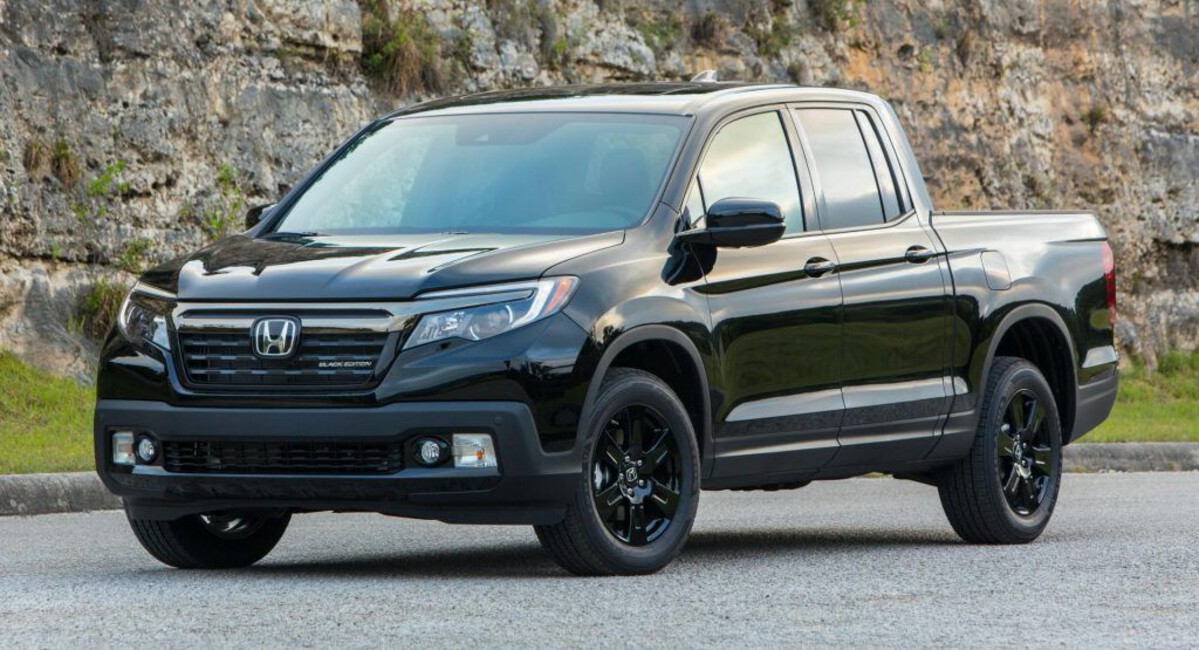
4. Honda Ridgeline – Practical Overall, But Oddly Small Console
The Honda Ridgeline is a unique player in the truck world—it’s based on a unibody platform, drives like an SUV, and includes clever features like a trunk in the bed. However, despite its innovative bed storage and car-like handling, the Ridgeline’s interior console fails to live up to its otherwise practical reputation. While the vehicle overall is very usable, the center console is surprisingly small and shallow given the size of the cabin. For a truck aimed at families and casual adventurers, the interior should be more accommodating.
The center console lid is narrow and tall, but doesn’t open to a particularly deep or flexible space. Inside, you’ll find a bin that’s more suitable for small accessories than large work items. There’s no option for file organization, no sliding trays, and very little in the way of smart compartmentalization. It’s one of those consoles where you end up stacking items vertically because there’s no horizontal separation, which makes it difficult to retrieve anything quickly when you’re on the move.
Another drawback is the lack of ergonomic optimization. The console feels like it was retrofitted into the cabin rather than being designed in concert with it. The armrest doesn’t flow well with the dashboard or the shifter, and the surrounding area feels cramped when compared to full-size trucks or even mid-size competitors like the new Ranger or Gladiator. For those used to wider, deeper storage units, the Ridgeline’s setup might feel more like a crossover than a truck.
On the tech side, the Ridgeline does include USB ports and some limited tech integration, but nothing groundbreaking. Wireless charging is present in some trims but is located ahead of the shifter, not within the console itself. For a vehicle praised for innovation, this area feels like a missed opportunity. The Ridgeline excels in many practical categories, but its center console is one place where it noticeably falls short of truck buyer expectations.
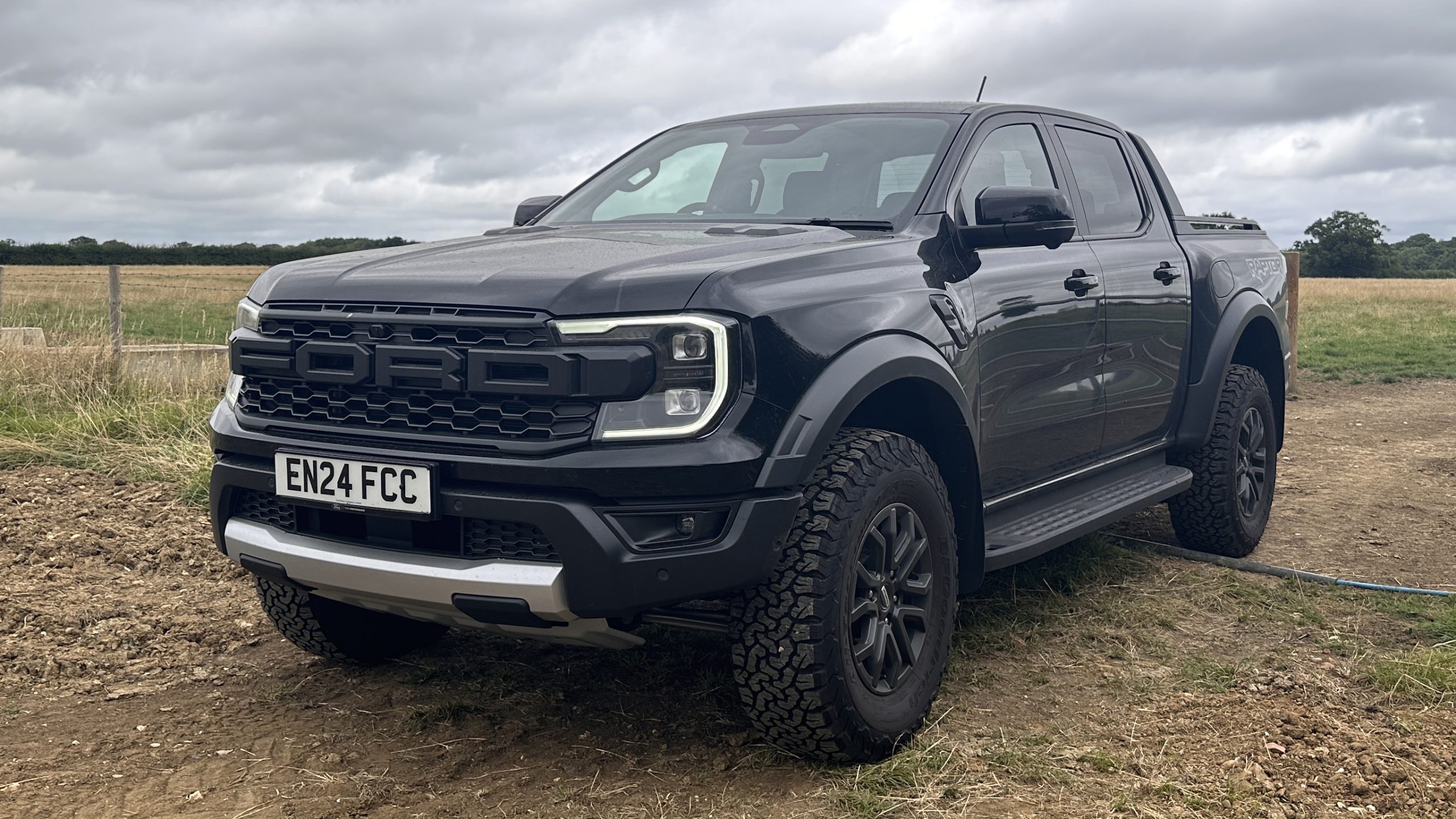
5. Ford Ranger (Pre-2024) – Basic and Barebones
Before its global redesign in 2024, the Ford Ranger was often criticized for being under-equipped compared to rivals, and the center console was no exception. In most trims, the console is noticeably small, with a short, shallow storage bin and very few comfort or utility features. The armrest is narrow and not well-cushioned, making it uncomfortable on longer trips. The entire setup feels more like a sedan or compact SUV’s console than what you’d expect in a mid-size pickup.
The storage bin is deep enough for a few essentials—like a small tablet, a set of keys, or a wallet—but anything beyond that becomes a juggling act. There are no sliding trays, no dividers, and very limited flexibility. You end up tossing everything in one space and hoping you can find it again later. There’s no way to organize cables, and certainly no flat surface or work-desk features found in larger Ford trucks like the F-150.
Cupholders and side bins are sparse and oddly placed, crowding the front console area. This causes issues when trying to retrieve something from the main compartment, especially when there’s already gear in the cupholders. The placement of the shifter and manual parking brake also eats into available space, making the entire console feel more cramped than it should be. For a vehicle built on utility and adventure, the Ranger’s cabin storage seems like an afterthought.
Ford did recognize these shortcomings and improved upon them significantly with the newer generation. But for anyone driving a 2019–2023 model, the center console is one of the least satisfying parts of the cabin. Whether you’re looking to use your truck for work or for weekend camping trips, the older Ranger’s console simply doesn’t keep up with what most users expect from modern interior storage.
Also Read: 5 SUVs With Best Panoramic Roofs And 5 With Small Sunroofs
As we wrap up this deep dive into the best and worst center consoles in the pickup truck market, one thing becomes abundantly clear: interior functionality is no longer optional—it’s essential. For modern truck owners, especially those who use their vehicle as a daily workspace, a travel base, or a mobile tech hub, the center console plays a crucial role in comfort, organization, and efficiency. It’s no longer just about where you rest your arm or toss your keys; it’s about how well the vehicle supports your lifestyle, your work, and your ever-evolving digital needs.
The five trucks we’ve highlighted as having exceptional center console storage—such as the Ram 1500, Ford F-150, and GMC Sierra—excel not just because of size, but because of smart design. These models offer more than just a deep bin. They give you tiered compartments, modular inserts, file folder dividers, wireless charging pads, and ample room to store and organize your gear.
They consider real-world use: where will you put your laptop, your thermos, your portable printer, or your stack of documents? The best trucks answer those questions effortlessly with a design that adapts to your needs, not the other way around.
Beyond practical storage, these top-tier trucks also deliver comfort and ergonomics. The armrests are wide, padded, and ideally positioned. The materials feel premium even in mid-tier trims, and every inch of space is used with intention.
These interiors show us that great design isn’t about adding more—it’s about maximizing what’s already there. It’s this attention to detail that sets these vehicles apart and makes them stand out in a crowded, competitive market.
On the flip side, we saw how poor center console design can drag down an otherwise excellent vehicle. The Toyota Tacoma, for instance, is a legendary off-roader, but its cramped and outdated console feels like it belongs in another era. The same goes for pre-2022 Nissan Frontiers and older Ford Rangers. These models suffer from shallow compartments, poor layout, and a lack of tech integration. Instead of supporting the driver, the console becomes a hindrance—an afterthought rather than a central feature.
While some of the worst offenders are older models, the issue isn’t strictly chronological. Even modern vehicles can miss the mark if they fail to understand how drivers interact with their interior space. In a market where expectations have shifted toward multifunctional versatility, there’s little room for manufacturers to skimp on cabin design. Truck buyers are more informed and more demanding than ever, and even small missteps can become dealbreakers.
It’s also important to note that a poorly designed center console isn’t just an annoyance—it has real-world implications. From driver fatigue caused by poor armrest placement, to disorganization that affects your efficiency on the job, to tech layouts that make charging your phone a daily struggle—these are issues that compound over time. And while they may not be as glamorous as towing specs or 0-60 times, they matter just as much in the long run.
In conclusion, a great pickup truck supports its driver inside and out. While torque and traction get the headlines, it’s the quiet competence of features like center console storage that truly define day-to-day satisfaction.
Whether you’re a contractor, a commuter, or a cross-country traveler, choosing a truck with smart, spacious, and versatile console storage is an investment in comfort, convenience, and overall quality of life. So next time you’re behind the wheel, look down at that console—and ask yourself: does this truck work as hard as I do?

